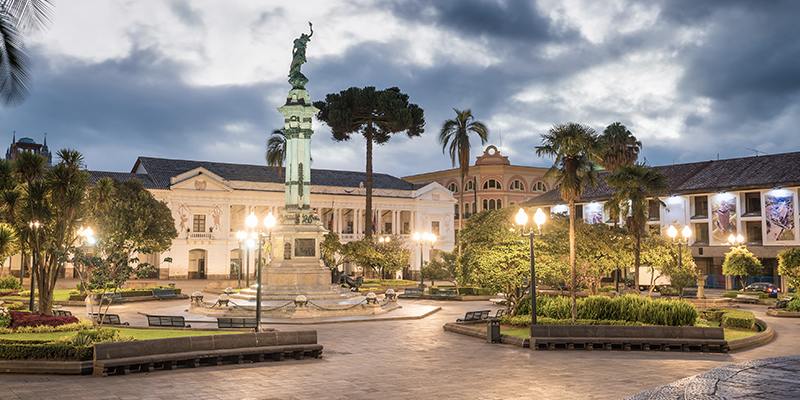enforex_pages_des_engage_block_3f90e354-3d37-4361-8e3a-ebd2b99d703b
Cusco is, without any doubt, a great meeting point for tourists from all over the world. Its diverse and multicultural environment forms the perfect setting to enjoy an integral immersion in Spanish-speaking culture. Spanish can be learned anywhere, but if you do so in the country in which it is spoken, you’ll learn to behave and communicate like a true local.
For this reason, we have a wide variety of activities, workshops, sports and excursions for you to get involved in local life after your Spanish classes in Cusco. Discover the lost city of Machu Picchu with us, or visit the Sacred Valley and the archaeological ruins of Ollantaytambo... You will discover immensely valued anthropological treasures while you perfect your Spanish and acquire fluency through real-life situations.
#donQuijoteCuzco Quick Facts about Quito
Quick Facts about Quito
 QUICK FACTS ABOUT GUANAJUATO
QUICK FACTS ABOUT GUANAJUATO